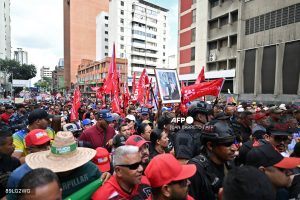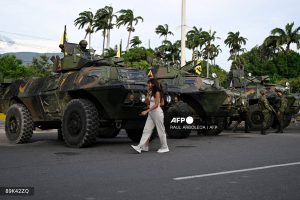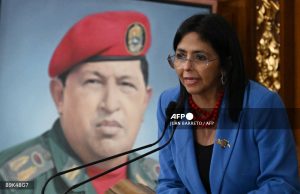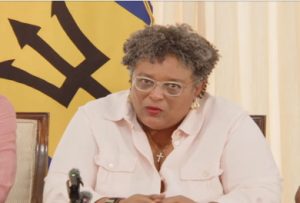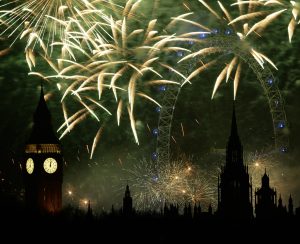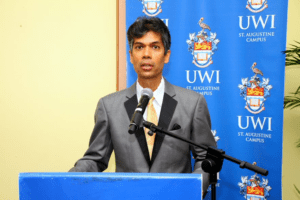
IN the past, persons within the British Empire were involved in the trade of illegal commodities such as opium and hemp. They were able to either bribe or avoid security officials. Illegal linkages between Britain and her colonies met with considerable resistance from British and colonial authorities.
During the colonial era, the powerful British East India Company had a monopoly of the opium produced in Bengal.
In 1772, the Company realised the importance of exporting Indian opium to China. The product was subsequently banned by the Chinese Emperor later in 1729. However, there was considerable resistance from persons within China and Britain during the 19th century.
Alternative pathways quickly developed to ensure the demand for these commodities would be quickly satisfied. Significant consignments were smuggled on British ships and eagerly accepted by corrupt officials who satisfied the large demand in China.
During the 1890s, the Indian Hemp Drugs Commission was met with apathy in England. Most cannabis users wanted the drug for medicinal benefits, and those who used it for recreation included artists. Prohibitionist sentiment in Britain was focused on alcoholism at home and the opium trade between India and China.
The issue of the illegal trade contributed to anti-British sentiment in China that led to a war between Britain and China in 1856. Race relations were also affected as some British citizens began to stereotype the Chinese, in Britain and abroad, as being drug traffickers.
Paid Political Ad

The distribution and importation of illegal drugs in the 18th and 19th centuries continued into the 20th and 21st centuries. The geographic proximity of the Caribbean to the US has made the region a transshipment point. The vulnerability of the Caribbean region to drug cartels has made developed countries pay closer attention to security in the region.
During the post-colonial era, this became an uncontrollable trade and soured relations especially between the Caribbean and her neighbours in North America.
There were valiant efforts by security officials and governments to curb the narcotics trade which developed.
The increasing use of air travel meant a new method for heroin, cocaine and marijuana to be smuggled into United States and Europe. In the post-colonial era, the international narcotics trade radically transformed the Caribbean which served as transshipment points of illicit drugs from South America to United States and Europe.
There are a number of other factors that have fueled the drug trade. This includes the deportees of Caribbean nationals from the Europe and North America. Some of these deportees have become part of the crime, violence and the narcotics trade.
In 2017, the Eastern Caribbean was designated, by the United States Department’s International Narcotics Control Strategy Report as “transit point for drug traffickers going to the United States and Europe.” So it was no surprise to learn that three years later, in 2020, as part of the USA’s counter-narcotics operations, warships were sent to the Caribbean. Heavily armed ships, aircraft and helicopters, from the USA, were deployed as part of the surveillance strategy in our region. One wonders why a regional body as CARICOM could not deal with this problem.
The well-known Drug Enforcement Administration, of the USA, has a presence in the US Virgin Island, Puerto Rico and 27 Caribbean countries. The DEA has assisted in maintaining the rule of law and ensured the safety of most citizens. Yet, the illegal drugs remain a public menace. Caribbean countries with a deplorable national security infrastructure will obviously suffer as drug cartels continue to satisfy demands by persons who are well- connected and ‘protected’.
Dr Jerome Teelucksingh is an activist. He initiated the inaugural observances of International Day for the Elimination of Violence Against Men and Boys (January 31) and World Day of the Boy Child (May 16). He has made academic presentations at tertiary institutions including Harvard University and Oxford University.
See other articles by Dr Jerome Teelucksingh on AZP News:
Tobago’s Working Class in the 1920s, 1930s
Are Humble Caring Fathers Champions?
Influencing West Indian Masculinity
Defining Caribbean Masculinity
Is Monogamy Encouraged in the Caribbean
Naps Girls: From Humble Beginnings to Excellence
US Media Creates Cultural Dependency in the Caribbean
Bloodless Revolution to Save Lives in Developing Countries
The Need for a Social and Moral Revolution
The Law of Supply and Demand in Developing Countries
End the Dependency for Developing Countries
T&T Carnival and the Emperor’s New Clothes
The Influence of Labour on Caribbean Integration
The illusion of political Unity
Presbyterians in Trinidad: Humble Missionaries, Local Workers
Religious Plurality: Curse or Blessing
Caribbean Youth Need Optimism, Patriotism
Rethinking Identities in Caribbean, Latin America
November 19: All Inclusive International Men’s Day
Should International Agencies be Blamed for Unemployment
A Need to Observe Word Unemployment Day
An Ideology for the Trade Union Movement
The Man who Couldn’t be Prime Minister
Social Outburst vs Social Revolution
Challenges of the Men’s Movement
If George Floyd was Denied Parole
The Meaning of Indian Arrival Day in T&T
International Men’s Day – A Way of Life
Wounds that cause school violence
May Day: A Time for Solidarity, Strength
Who Coined the Term ‘Black Power’
The illusion of political Unity
Presbyterians in Trinidad: Humble Missionaries, Local Workers
Religious Plurality: Curse or Blessing
Caribbean Youth Need Optimism, Patriotism
Rethinking Identities in Caribbean, Latin America
November 19: All Inclusive International Men’s Day
Should International Agencies be Blamed for Unemployment
A Need to Observe Word Unemployment Day
An Ideology for the Trade Union Movement
The Man who Couldn’t be Prime Minister
Social Outburst vs Social Revolution
Challenges of the Men’s Movement
If George Floyd was Denied Parole
The Meaning of Indian Arrival Day in T&T
International Men’s Day – A Way of Life
Wounds that cause school violence
May Day: A Time for Solidarity, Strength
Who Coined the Term ‘Black Power’
![]()






